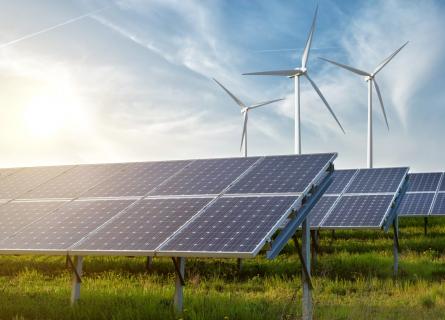
Decarbonise industries with clean energy
Transport and industry together account for around two thirds of global greenhouse gas emissions. Decarbonizing these sectors will be crucial to achieving the world’s emission reduction targets.
As the world’s largest producer of renewable energy, hydropower has already played a significant role in helping industries decarbonize.
Hydropower is one of the world’s cheapest forms of electricity on a levelised cost basis. By providing clean and affordable energy, hydropower has helped heavy industries like aluminum and steel to begin transitioning away from fossil fuels, and supported the growth of new technologies such as electric vehicles.
Hydropower also provides flexibility and storage services that enable the rapid growth of wind and solar. But it is time to scale up our ambitions.
If we invest in a strong balance of complementary renewable energy sources with hydropower as the backbone, we can accelerate the decarbonization of our traditional and future industries. We can, with hydropower.

Hydropower
The only countries that have come close to achieving 100% decarbonization have done so with hydropower as a significant part of the energy mix.
Iceland is a striking example. The country is 99.9% powered by renewable energy, with 71% coming from hydropower. This has enabled the growth of Iceland’s energy-intensive aluminum smelting industry to be powered by clean energy.
Building for the future, Iceland’s surplus of renewable energy is also being used to power data centers. Submarine cables connect the country’s clean-powered data centers with Denmark, Canada, Greenland, and the UK.
We can also look to tech giants such as Facebook, Google and Apple, which have led the way in opening data centers powered by water.
Enabling green hydrogen
Green hydrogen, which is produced using decarbonized electricity and water through a process called electrolysis, is poised to play a significant role in decarbonizing heavy industries around the world.
Most hydrogen today is produced using fossil fuels. A huge transition towards low-carbon sources is needed to set the industry on a pathway to net zero.
Hydropower is well suited to green hydrogen production and has the potential to provide 13% of the demand required by 2050 to meet net zero goals.
This article originally appeared on hydropower.org and has been republished here with permission.

